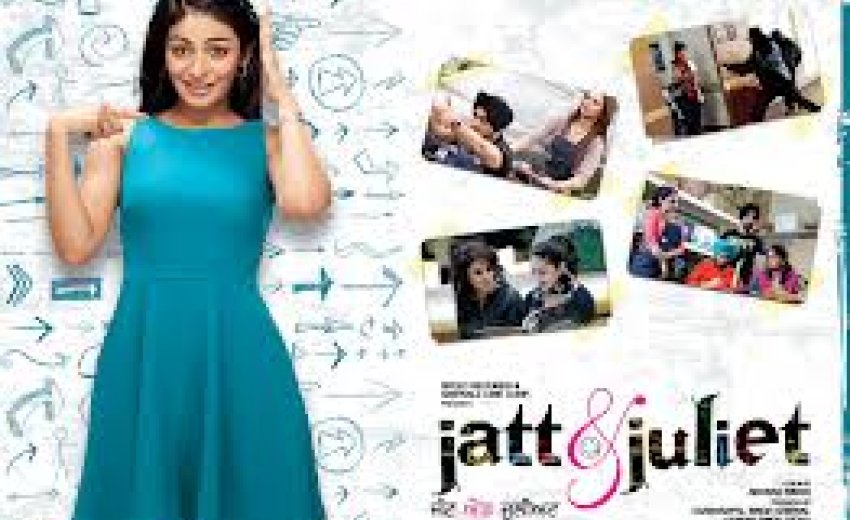

Historically, the Punjabi cinema has been unpopular with wider audiences because of its low budget films which kept cinema audiences somewhat marginalised amidst the 'conventional' Bollywood favourites. The giant Bollywood no doubt has had a major influence over its regional language film producers and audiences for decades. The majority of commercial cinemas originating from different regions are modelled on Bollywood be it Punjabi or other.
In this century, we have seen vast improvements in the Punjabi film industry. Not only has the cinema developed technological innovation, but its cinematography has an international appeal almost matching to Bollywood's overall technical flair. Noteworthy, the Punjabi film industry is now flourishing. This period of our history also presents broader prospects in terms of a new generation of values, beliefs and traditions born out of the religion of Punjabi Sikhs, all of which should be maximised. Yet the current forebodings leave much to be desired. Why? The divisiveness, acrimony and the sacrilegious portrayal of the Sikh faith, is used as a 'commercial prop' to profiteer the modern film industry. This approach is utterly contemptuous especially when it is done in the name of culture, religion or any communal persuasions.
As is widely known, Punjab is riddled with caste-based politics with the majority kirsaan or traditionally farming classes presiding over Punjab's administration as well as its centre of the clergy. The popular cultural entertainment genres are used in the Jatts caste to edify Jattt(ism) to inculcate a false sense of superiority which unfortunately, they have tended to associate with even in this modern era. Whilst even enlightened Jatts are against this caste based ideology, they have failed to voice concerns but instead seem to be taking pride in supporting the divisive agenda.
There is nothing wrong with taking pride in one's family trade, clan, village or even traditional tribe. The implications are borne out however, when the 'Other' has to constantly hear that edification of one's particular caste which is totally anti -Sikh and is diametrically opposed to the Sikh philosophy and its principles.
Over the last decade, Punajbi films have not only jumped on the 'Jatt bandwagon' (a sort of mish-mash of Punjabi culture and religion combined), but film makers in the form of caricature, have misconstrued Sikhism as a mechanism to portray Jatt character roles which in actuality, may be far removed from the conventional Sikh personality. The characterisation of roles should be utilised in a manner; that is, both sensitive and sensible. Merely kow-towing Bollywood or Western-type insensitivities for the sake of crass commercialisation and 'rampant' amusement, does not truly embody the responsibility of the film industry particularly in these circumstances. For example, the current hit film 'Jatt and Juliet 2' uses the holy imagery slogans whilst the character portrayed in the movie is a liar, cheat, drunkard and a womaniser in other words a more 'normal' Punjabi boy. The Sikh slogans are used in vain to represent almost an integral part of the comedy act of JJ2.
Moreover, the film makers ought to be sued by the Sikh khatri community, as an act of compunction over the negative portrayal of members of the said caste or class. For instance, the characters, father and son are shown as clowns who are willing to sell themselves for money, with the son constantly slapped by just about everyone in the movie. It is rather nauseating if not tendacious, to witness such shameful episodes of what appears to be 'debauched occurrences' throughout the film.
Indeed, comedy, satire and other such genres can also be used as formulae towards educating audiences of the many-sided issues affecting Punjabis in general. These genres however, should not be misapplied as a patent for stereotypes or 'espisodal utterances'.
Even more disturbing, yet unsurprising, were the bunch of Jatt Punajbi boys in their 20s and 30s constantly making (loud) lewd remarks in the cinema. Minority perhaps in the cinema, but still loud enough to attract attention. If this is the sample size representing young Punjabis, indeed we have reached a crisis point in the Punjabi Sikh civilisation. Such divisions in the entertainment industry have the potential for greater fall-outs for present and future generations.
Be that as it may however, we should all endeavour to utilise the power of the medium of film to inform, educate and to entertain in a manner that is morally responsible rather than to deform, exasperate and antagonise. Film makers of today should therefore recognise that the pillars of success should be a delicate balance between the commercial imperative and a strident moral tone.
And now that we have the chance to alter perceptions and forge newer alliances, we should not relent from this opportunity. Because, United we STAND!
Harminder Kaur
The author can be contacted on: jaikarawm@gmail.com
